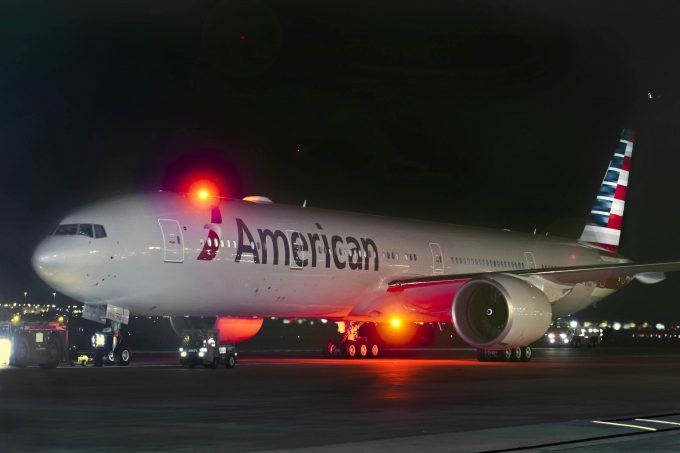B737 problems could hit freighter conversions if not quickly resolved
The latest incident involving a Boeing 737-9 MAX has resulted in the temporary grounding of ...

Cargo activities are under a huge amount of pressure at the “Big Three” US airlines. In case you missed the recent trading updates, United, Delta and American Airlines are all fighting business cyclicality in cargo just as their core passenger units are not faring particularly well.
So, what more appropriate juncture to run the rule on their cargo operations than at the end of a poor earnings season for most companies in the transport and logistics industry?
United
What a difference a year can ...
Volcanic disruption at Anchorage could hit transpacific airfreight operations
Macron calls for ‘suspension’ – CMA CGM's $20bn US investment in doubt
De minimis exemption on shipments from China to the US will end in May
Forwarders stay cool as US 'liberation day' tariffs threaten 'global trade war'
Mixed response in US to 'Liberation Day', while China leads wave of retaliation
Tariffs and de minimis set air freight rates on a volatile course

Comment on this article
David Hoppin
May 03, 2016 at 2:17 pmBig Three US carriers have only belly cargo exposure, primarily international. Hard to imagine many long-haul widebody flights would be LESS profitable overall if they did not carry cargo, even at current depressed yields. So makes no sense to quit carrying cargo. What to do? Hard to see how vertical integration (i.e., adding door-to-airport/door-to-door service in most markets) would be profitable for any pure belly carrier. Therefore only strategic option seems to be horizontal integration of some kind — i.e. each of the Big Three U.S. carriers combining their respective cargo businesses with those of other airlines in order to drive some cost savings but mainly revenue benefits due to stronger network that is more important to customers (forwarders). Obviously competition authorities will have a say, but most A2A cargo markets are significantly less concentrated than corresponding passenger markets so not sure regulators will block cargo consolidation.
Ale Pasetti
May 04, 2016 at 6:59 amDavid,
Thanks much for your comment.
Double or quits cargo? This is a very hard call, given that we do not not know the level of required return and investment there. So, at present I might disagree with your view at least until we are blind on financials (“Hard to imagine many long-haul widebody flights would be LESS profitable overall if they did not carry cargo, even at current depressed yields.”).
Do you happen to know their current level of profitability and invested capital?
But I agree with your view on vertical integration, and your take on consolidation makes a lot sense.
Best,
Ale
Tim Strauss
May 08, 2016 at 11:07 pmEasier to discuss off line if interested in the financials.
Ale Pasetti
May 12, 2016 at 4:49 amFeel free to get in touch at alessandro@theloadstar.com. Would be great to talk about it. Thanks, Tim.